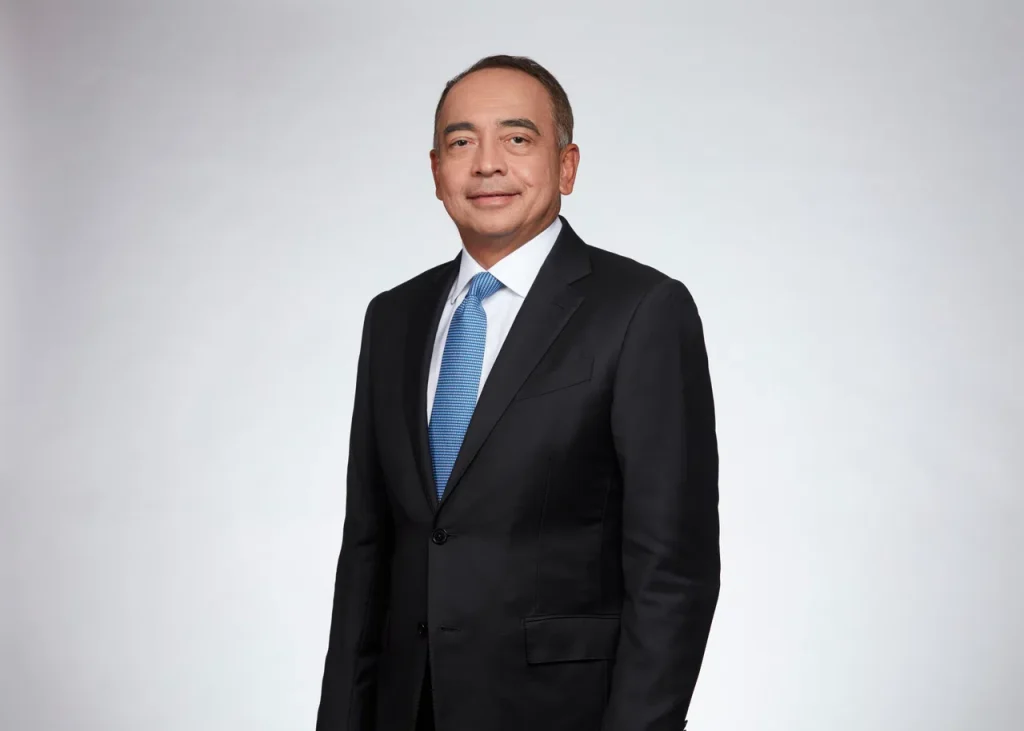[KUALA LUMPUR] The chairman of the Asean Business Advisory Council (Asean-BAC) Malaysia has called on South-east Asia to overcome the region’s fragmented regulations and deepen regional integration to unlock the full potential of its market of nearly 700 million people.
Nazir Razak warned that delaying this push risks the region being left behind amid rising global protectionism.
Despite having made progress in reducing tariffs, he said that South-east Asia still faces significant non-tariff barriers and an uneven enforcement of trade rules, which have hindered efforts to build a seamless regional market.
“When others are building high walls, Asean should widen its negotiation table. If we cannot turbocharge integration now, we risk missing a major opportunity,” said the 58-year-old veteran banker. He was formerly chairman and group chief executive officer of CIMB Group, spending 29 years in total at Malaysia’s second-largest bank by assets.
A NEWSLETTER FOR YOU

Friday, 8.30 am
Asean Business
Business insights centering on South-east Asia’s fast-growing economies.
He was also on the investment panel of the Employees Provident Fund and the board of Malaysia’s sovereign wealth fund Khazanah Nasional Malaysia, and hails from a family of politicians: He is the son of Malaysia’s second prime minister Abdul Razak Hussein, and the younger brother of former premier Najib Razak.
Greater flexibility for businesses needed
The Asean-BAC, set up in 2001 and inaugurated two years later, has a primary mission to promote public-private sector partnership to achieve the integration of an Asean Economic Community.
He told BT that efforts to facilitate the free movement of people and operations for multinational firms within South-east Asia have largely stagnated.
He urged the region’s governments to move beyond the idea of “full reciprocity”, which demands exact matching of regulations between countries. Instead, he advocates greater flexibility for businesses, even in the absence of complete mutual recognition.
One way of doing this, he suggested, could be by expanding the Asean Business Entity framework, under which companies can move people and operations freely across the region, whether full regulatory harmonisation has occurred.
“If we can allow more flexibility at the company level – for instance, if CIMB can move (its employees) freely within its Asean network, or even allow the bank to outsource operations to countries in Asean – it will create an economy of scale,” he said.
Johor-Singapore SEZ as a learning model

Nazir cited the upcoming Johor-Singapore Special Economic Zone (JS-SEZ) as a model for closer cooperation.
The zone is backed by political commitment from both Malaysia and Singapore, and supported by cross-border projects such as the Rapid Transit System Link.
He suggested that companies operating in the economic zone be regulated by their home country authorities – with Singapore’s Monetary Authority of Singapore overseeing Singaporean companies in Johor, for instance – to reduce potential cross-border friction.
“This could be a model for the region – two countries leveraging each other’s strengths to drive growth and investment. A similar framework could be expanded to other Asean markets as well,” he said.
Asean IPO prospectus
Beyond traditional trade and investment, Asean-BAC has laid out 12 initiatives, including a regional capital market framework, a common carbon framework and digital trade platforms to boost intra-Asean economic activity.
One key project, the Asean initial public offering prospectus, is close to launch. Under this initiative, companies could list in their home markets while raising funds from retail investors across Asean countries through a unified framework.
Nazir said that Malaysia’s Securities Commission is working with its counterparts in Thailand and Singapore, and that such cross-border fundraising drives could start as early as next year.
“With the current level of harmonisation, it shouldn’t be difficult to top up disclosure requirements between markets like Malaysia and Singapore,” he said.
Digitalisation of private-sector cross-border trade procedures is also a priority for the Asean-BAC; Malaysia is developing a new digital trade platform intended to link with other Asean systems.
Renewable energy is the future
Asean member states must continue to collaborate in joint projects and economic sectors to enhance the region’s collective power, he stressed.
“Clean energy, particularly renewable energy, is one such area,” he said, and cited the Asean Power Grid as a strong example amid rising global demand for clean energy.
The Asean Power Grid is a programme to interconnect the electricity grids of all 10 Asean member states by 2045. It aims to enhance energy security by enabling cross-border power sharing, especially from renewable sources such as hydro, solar and wind.
Nazir noted that this initiative is crucial for maximising the use of South-east Asia’s diverse clean-energy potential, which would ensure a stable and affordable electricity supply for its growing population.


